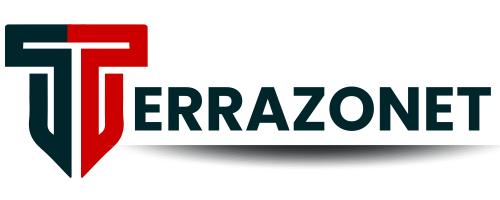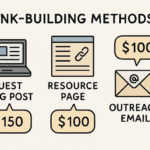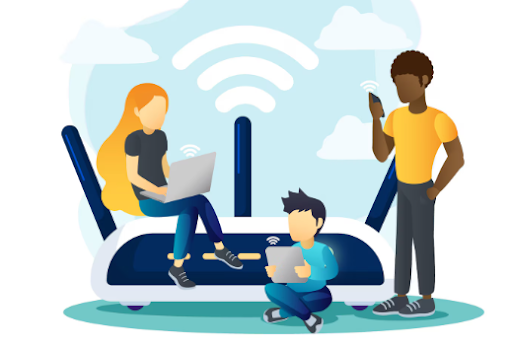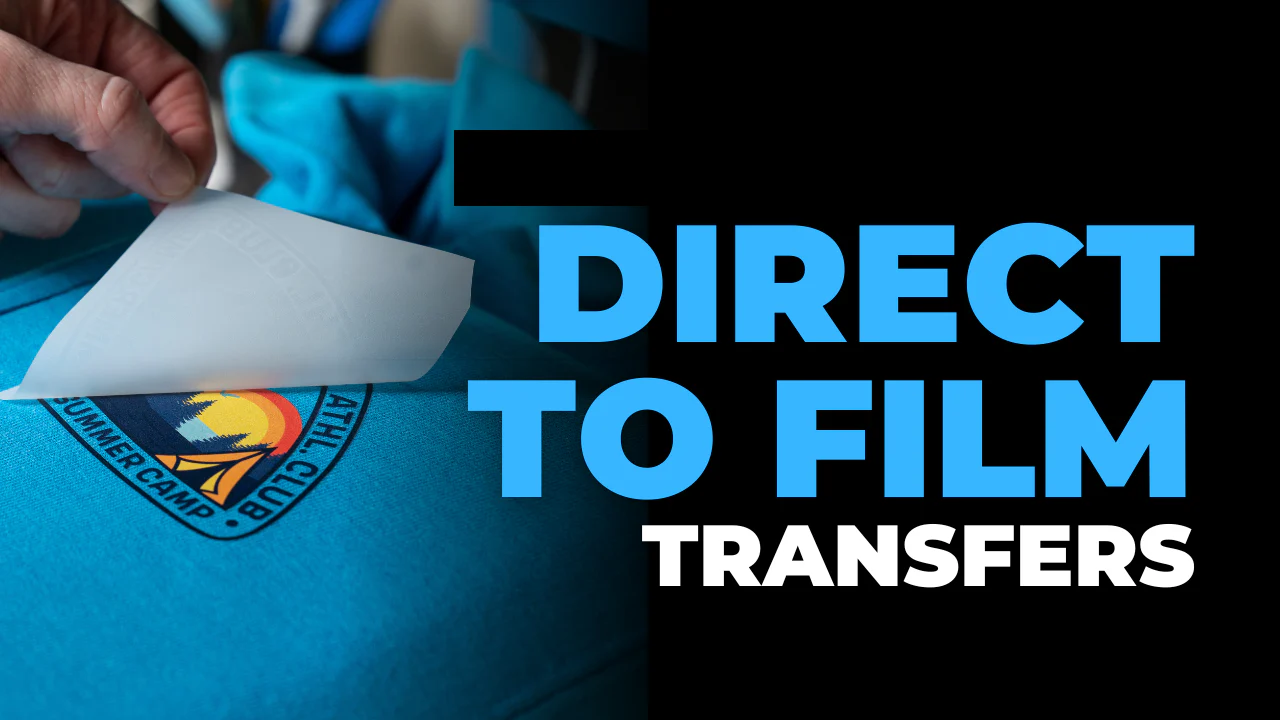We’re now living in a time where everything from your phone to your fridge wants Wi-Fi. Slow internet is no longer just a nuisance; it’s an actual problem. Whether you’re streaming, gaming, or browsing, your internet speed matters.
Fiber optic internet is the fastest internet today, which is already changing how we live, work, and spend our time online. If you’ve ever wondered what fiber internet actually is, how it works, and why everyone keeps telling you to get it, here’s your guide to it all.
What Is Fiber Optic Internet?
Fiber optic internet is a type of broadband connection that uses fiber-optic cables, which are thin strands of plastic or glass, to transmit data at the speed of light. Literally. Unlike traditional copper cables, fiber cables don’t rely on electrical signals and use light pulses instead.
The result of those cables is faster speeds, lower latency, and better performance during peak usage hours.
So, if your current internet slows down every time someone tries to download something, it might be time to consider upgrading to a high speed fiber optic internet as a solution.
How Fiber Internet Works
The process of data transmission and connection here, in a simplified form, includes these three steps:
Data turns into light, this light travels through the fiber-optic cables, and when it reaches your modem, it turns back into usable data.
Because the data is moving at nearly the speed of light, fiber optic connections can offer unmatched bandwidth and speed.
Benefits of Fiber Internet
Now, let’s talk perks. Some of the reasons to upgrade to fiber internet include:
Ridiculously Fast Speeds
We’re talking up to 1 Gbps (Gigabits per second), where traditional copper cables are only limited to up to 100 Mbps (Megabits per second) of speed.
This difference means that, with the former, you can enjoy streaming with practically no buffering, download files instantly, and take calls without the risk of freezing and lagging robotic voices.
Fiber internet is also fast enough to handle multiple users and devices without slowing down.
Symmetrical Upload and Download Speeds
Most regular broadband plans give you faster download speeds but much slower upload speeds. It works fine if you just consume content, but if you work remotely, upload videos, or game online, you might want to look into fiber internet providers like Windstream.
Fiber gives you symmetrical speeds, meaning uploads and downloads are equally fast.
Low Latency
Latency is the delay between clicking a button and something actually happening. High latency leads to lag, and lag can lead to frustration and anger.
Fiber’s low latency makes it perfect for competitive gaming, video conferencing, and real-time online collaboration. It keeps the lag and your emotions in check.
Smart Homes and IoT Devices Support
As smart homes become smarter, your internet needs to keep up. Fiber’s ultra-fast speeds and high bandwidth can easily handle smart lights, voice assistants, security cameras, and connection to multiple devices.
Who Should Consider Fiber Internet?
Almost everyone should switch to this high-speed internet connection. But it is especially useful for remote workers, students, families, content creators, gamers, and streamers.
These people rely heavily on low latency, fast speeds, and better upload speeds.
YOU MAY ALSO LIKE: www gravityinternetnet: Your Lifeline to Reliable Internet in Rural New Zealand



















